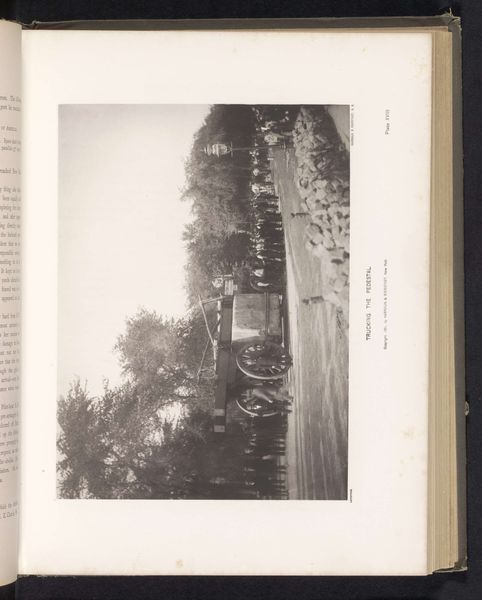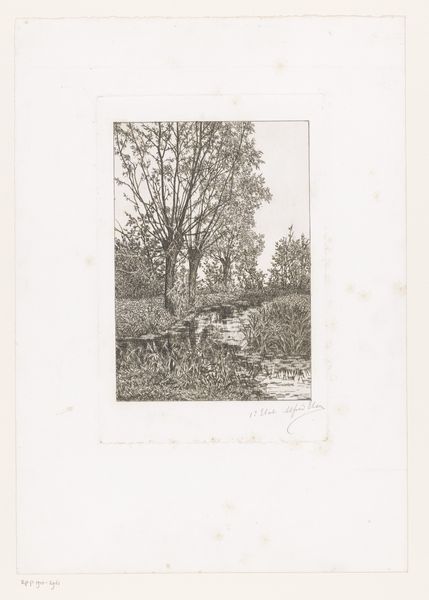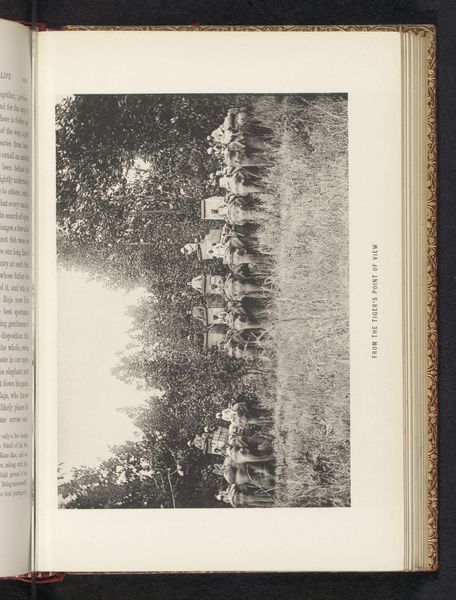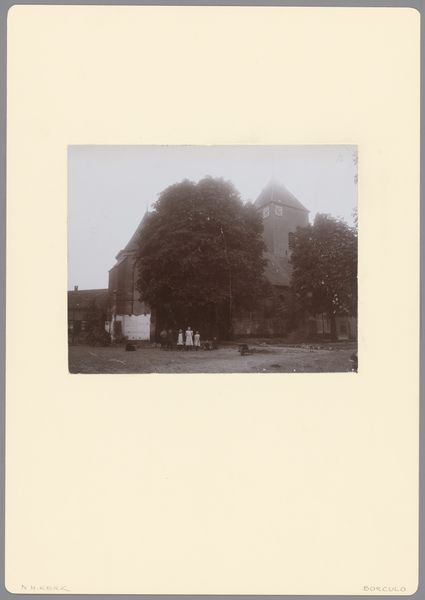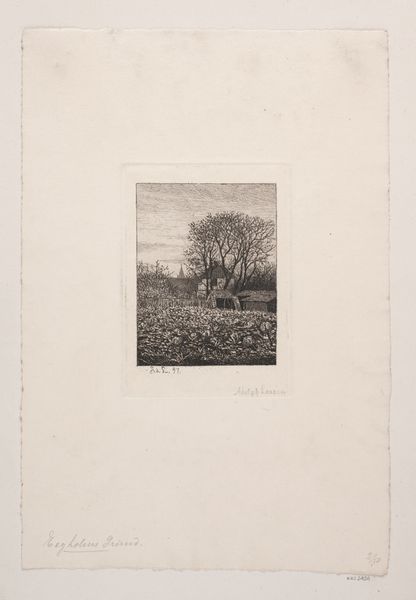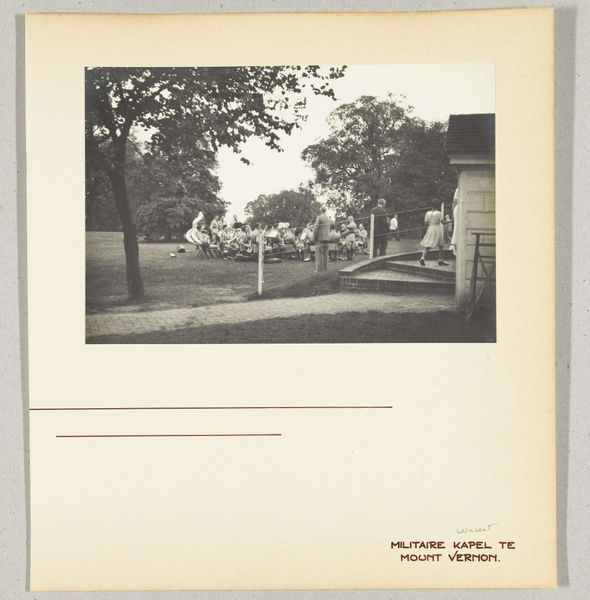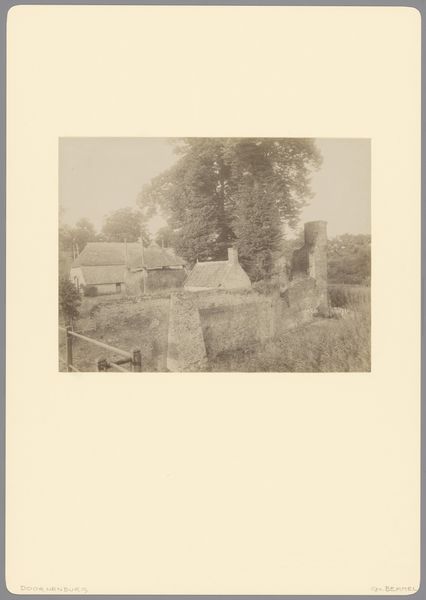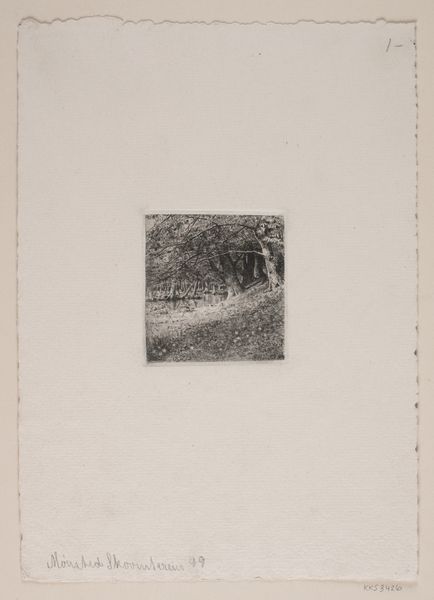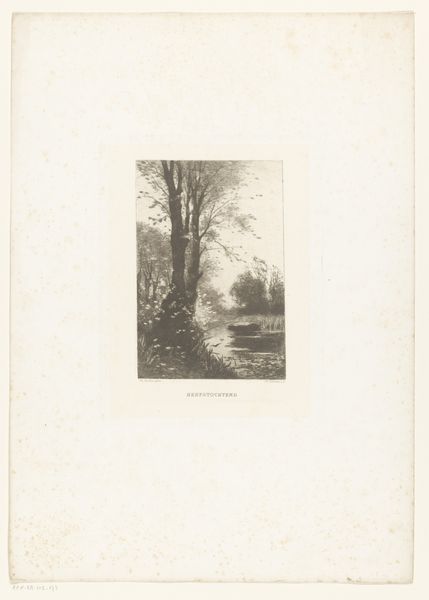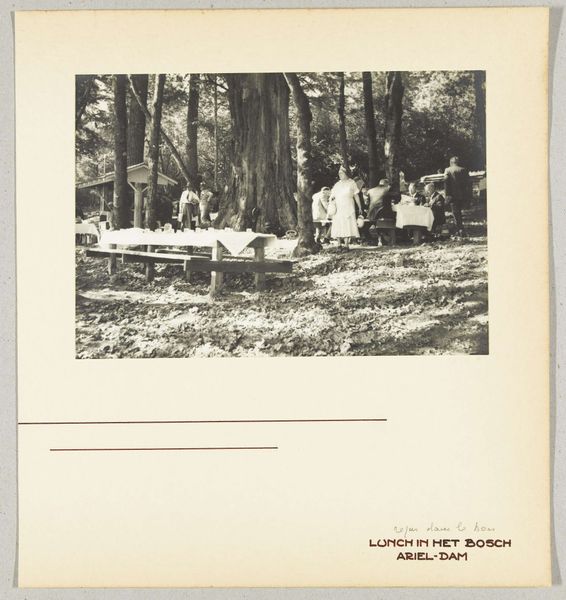
photography
#
landscape
#
photography
#
modernism
#
watercolor
#
realism
Dimensions: height 153 mm, width 225 mm, height 315 mm, width 285 mm
Copyright: Rijks Museum: Open Domain
Curator: This is "Mount Vernon, Washington, Verenigde Staten," a photograph taken by Wouter Cool in 1936. What are your initial thoughts on it? Editor: It's strikingly… sterile. The monochrome palette and vast, empty lawn feel charged with potential, yet oddly devoid of life. It's peaceful but carries this heavy, almost haunting silence. Curator: Considering Mount Vernon’s association with George Washington, it seems ripe for symbolic interpretation. The stark landscape becomes a stage on which to examine power and its historical imprint, a literal and symbolic frontier in early US history. Editor: Exactly! It feels like a study of land and the laying of claims – quite poignant given the context of colonialism and indigenous dispossession in the U.S. The picture raises complex questions. Who is represented here, and who is glaringly absent? Curator: The visual focus shifts to nature, almost an innocent backdrop to the historical narrative of colonial figures. The line of trees almost becomes like an emblem on a crest, suggesting that ownership and a long shadow extends from those symbols in history. Editor: Perhaps this visual emptiness also serves as a space for reckoning. As viewers, we're forced to project onto this landscape, filling the gaps with our understanding of American history. What isn’t seen – what remains unsaid or unrecognized – often speaks volumes. Curator: Photography, as a medium, holds a powerful capacity for freezing specific historical moments. And through our readings of this particular artwork, we bring those conversations with us to keep the context alive. Editor: Agreed. Ultimately, this deceptively simple photograph operates as a lens through which to critically examine America’s historical and cultural identity. A loaded landscape to unpack indeed.
Comments
No comments
Be the first to comment and join the conversation on the ultimate creative platform.
